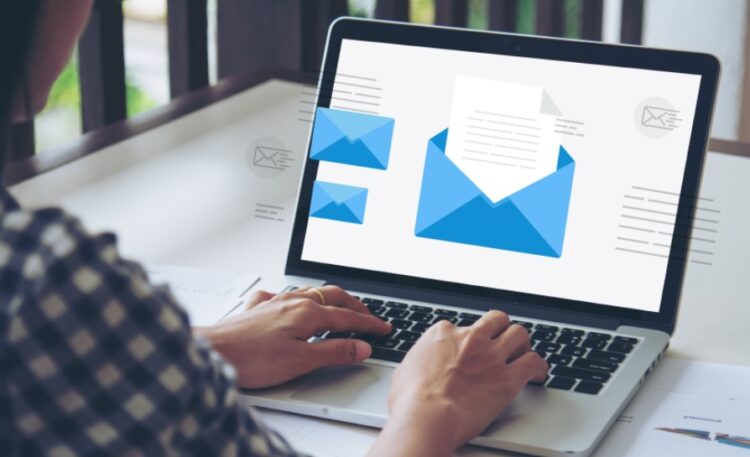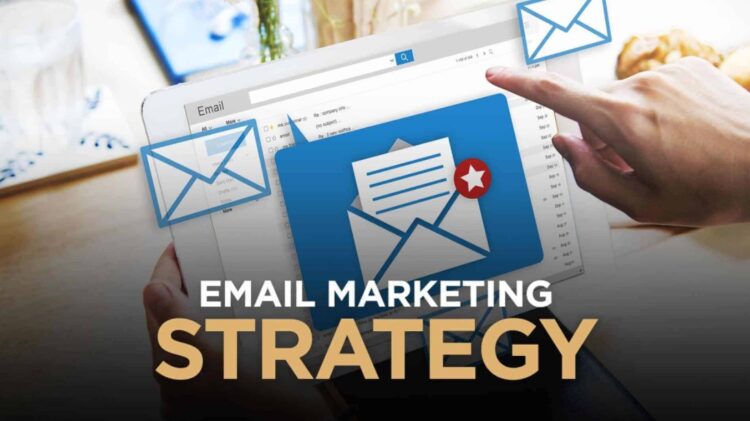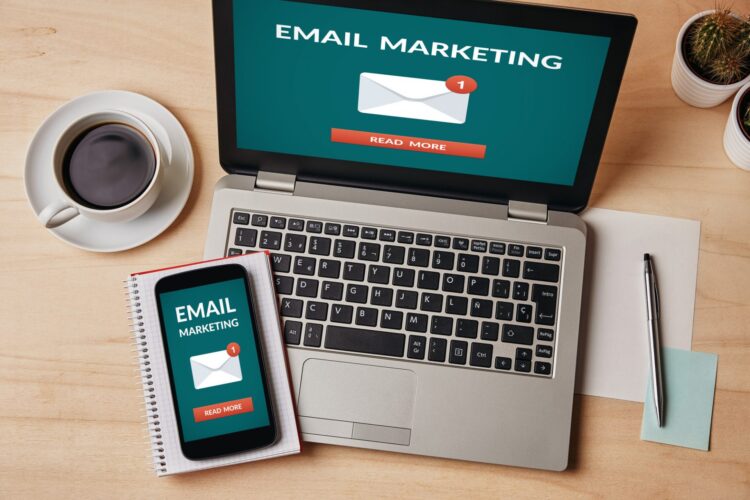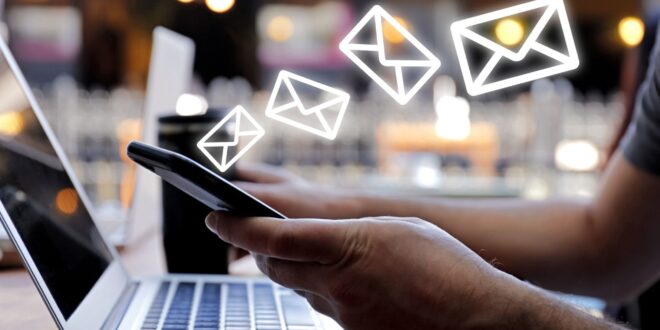In the age of social media and direct messaging you may think email is dead, an outdated form of marketing that no longer works. However, email might have been around for many years, but it is still one of the most cost-effective forms of marketing that there is. Research has shown that for every dollar spent on email marketing, the return is $38, that’s a pretty significant return on investment.
Email marketing is the process of targeting your customers and prospects with regular emails. It is a great way to broaden your reach, engage your audience and sell more products. With a user base of over 4 billion people, email is the ultimate marketing channel. Two-thirds of customers have made a purchase as a direct result of an email marketing message.
Benefits of Email Marketing
- It is based on permission – your target audience must give permission to be emailed, therefore they want to hear from you.
- Direct communication – you can communicate directly with your audience, most of whom will check their emails daily.
- Personalization – you can personalize your emails and target different segments.
- Measurable – using an email service provider to automate your email marketing will allow you to effectively analyze the results.
- Scalable – you can easily scale up or down a campaign without much effort.
However, the competition is tough, standing out from a sea of emails can be tricky, and many of your targets will receive hundreds of emails every day. You also need a list of email targets that can take time to gather, and you must follow the Data Protection regulations.
What you will need

An email list
In order to run an email marketing campaign, you need a list of email addresses of people who agree to be contacted by you. This can be achieved by having a special offer on your website or offering free downloads in exchange for email addresses. You could also run a competition. Do not be tempted to buy a list – sending unsolicited emails will end you up in the spam folder and damage your sender’s reputation with ISPs. Your target audience has to have given you permission to email them.
Exhibition stand contractor Quadrant2Design built their list of email prospects by offering free stand design to the first businesses to sign up on their website, this gave them a list of qualified leads who were all looking for exhibition stands.
An email service provider (ESP)
An ESP is a marketing software that allows you to automate your email campaign. It makes targeting different sets of customers much simpler and faster and allows for analysis of results. It can also help you design and create emails. Examples of ESPs are Mailchimp and Sendinblue.
Defined goals
You need to set out what you want your email campaign to achieve in order to tailor its content and measure success. Some goals may be to:
- Drive sales
- Increase brand recognition
- Generate leads
- Increase customer engagement
Email Marketing Strategy

Define your audience
Emails need to be relevant to be effective. Therefore, you need to be sure of who your audience is and what they want. Tailoring your emails to meet the needs of your audience is your best chance of success.
Build your list
The quality of your list is fundamental to the success of your campaign. Knowing the audience you want to attract will affect where you find them. For instance, if you are a B2B company, promoting a downloadable white paper on Linked In might bring you a list of emails. But this wouldn’t work for a B2C company.
Offering an incentive is the best way to gather email addresses – either a competition, discount or downloadable document. Create a banner on your website and a form encouraging people to subscribe. Make sure you keep your list up to date, taking off any that unsubscribe or bounce back.
Create compelling content
You want people to open your emails, so the subject and preview are really important. Write a compelling title, make it an offer that readers won’t be able to resist. Personalize your content as much as possible, people are much more likely to read an email that is addressed to them than a generic one. Keep it simple and to the point – use easy-to-read language, short sentences, and bullet points to encourage people to read it.
Make sure images are optimized and the email is responsive. 55% of emails are opened on mobile. So your email should be optimized for mobile as well as all other devices.
Have a clear call-to-action

You need to make it clear what you want your reader to do and simple for them to do it. If you want to drive visitors to a landing page on your website include an obvious link within your email. Make sure where they end up is related to the email, not just your homepage. If the email includes a special offer, make sure the landing page allows visitors to take up the offer.
Segment your audience
If possible, try to segment your target audience and tailor emails to them. You can do this by age, location, source of sign-up or any other information you have. The more you can personalize your content to your audience, the more likely they are to read it.
Readers will be at different stages of the buying life-cycle so need to be contacted in different ways. Some will need an introduction email, others a nurturing one, and others may be ready to buy. Each of these groups has different needs so should have different calls to action.
Use email templates
Unless you are a graphic designer, you will find the email templates offered by your ESP very useful. They will save you a lot of time — they take the design, coding, and UX-definition work out of crafting your emails.
Schedule regular emails
You need to keep your audience ‘warm’ by engaging with them regularly. You don’t want to be irritated by sending out too many emails, but neither do you want them to forget about you. You can use your ESP to schedule weekly or daily emails and automate the process.
Timing

Monday morning or Friday afternoon are probably not the best time to schedule your emails for. Based on a study that observed response rates of 20 million emails, Tuesday at 11 am is the best day and time to send your email.
Avoid the spam filters
You don’t want all your hard work to be wasted by ending up in the spam filter where it most likely won’t get read. This can also harm your reputation as well as skew your results. Be careful with your copy – avoid using all capital letters and exclamation marks as well as spam trigger words like “opt-in”, “click below”, and “order”.
Use a reliable email service provider and encourage subscribers to add your email to their contact list as this will ensure your emails are delivered to their inbox.
Measure your results
You will be able to get open rates and click-through rates from your ESP. Open rates record those who open your emails and click-through rates are those who follow the call-to-action within your email. If these are both low you need to reassess your content and make it more compelling. A/B tests your emails to see which have the most success.
Summary
Email marketing is one of the most successful and cost-effective ways to market your business to potential customers and broaden your reach. Follow these simple guidelines to maximize your ROI.
 Hi Boox Popular Magazine 2024
Hi Boox Popular Magazine 2024



